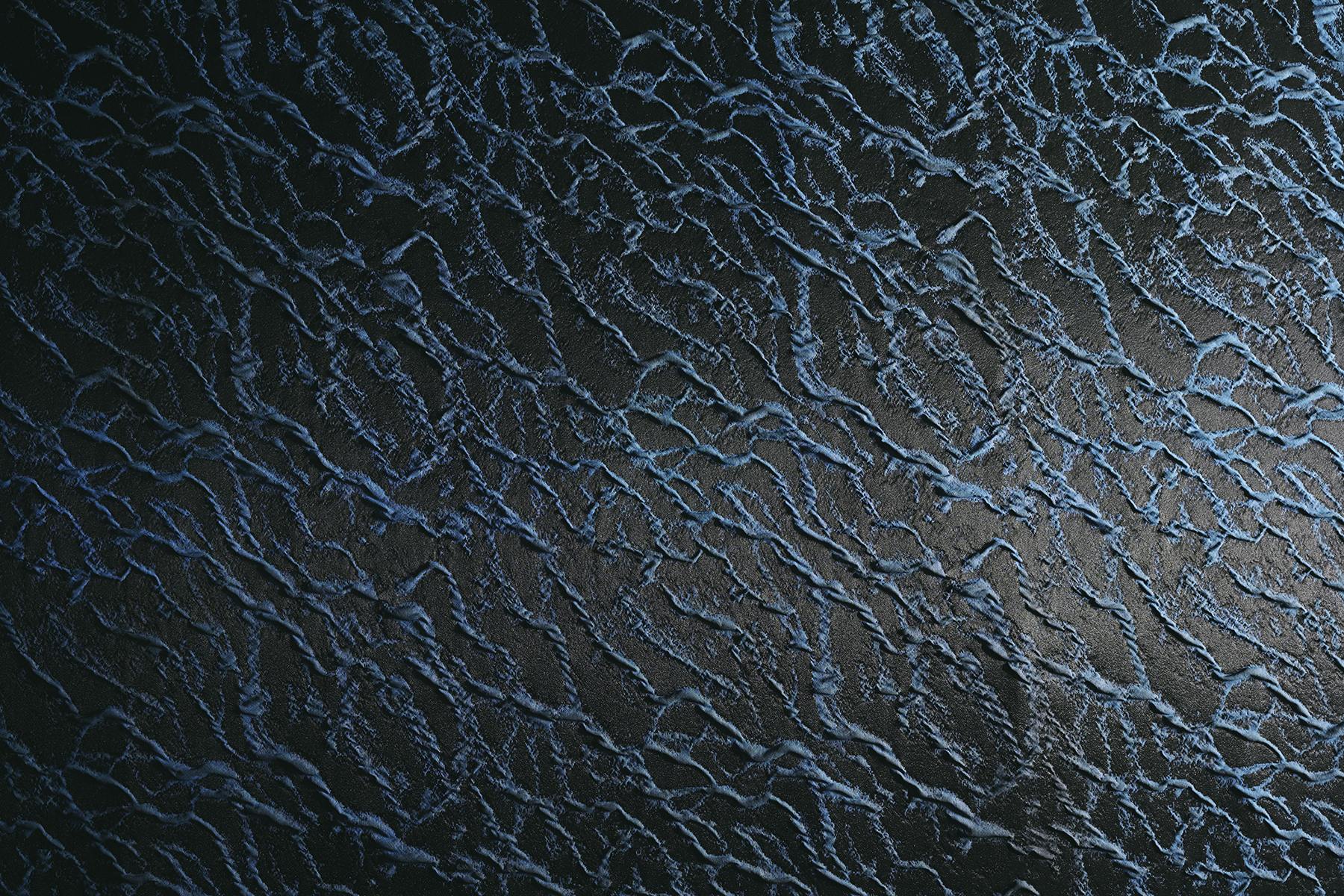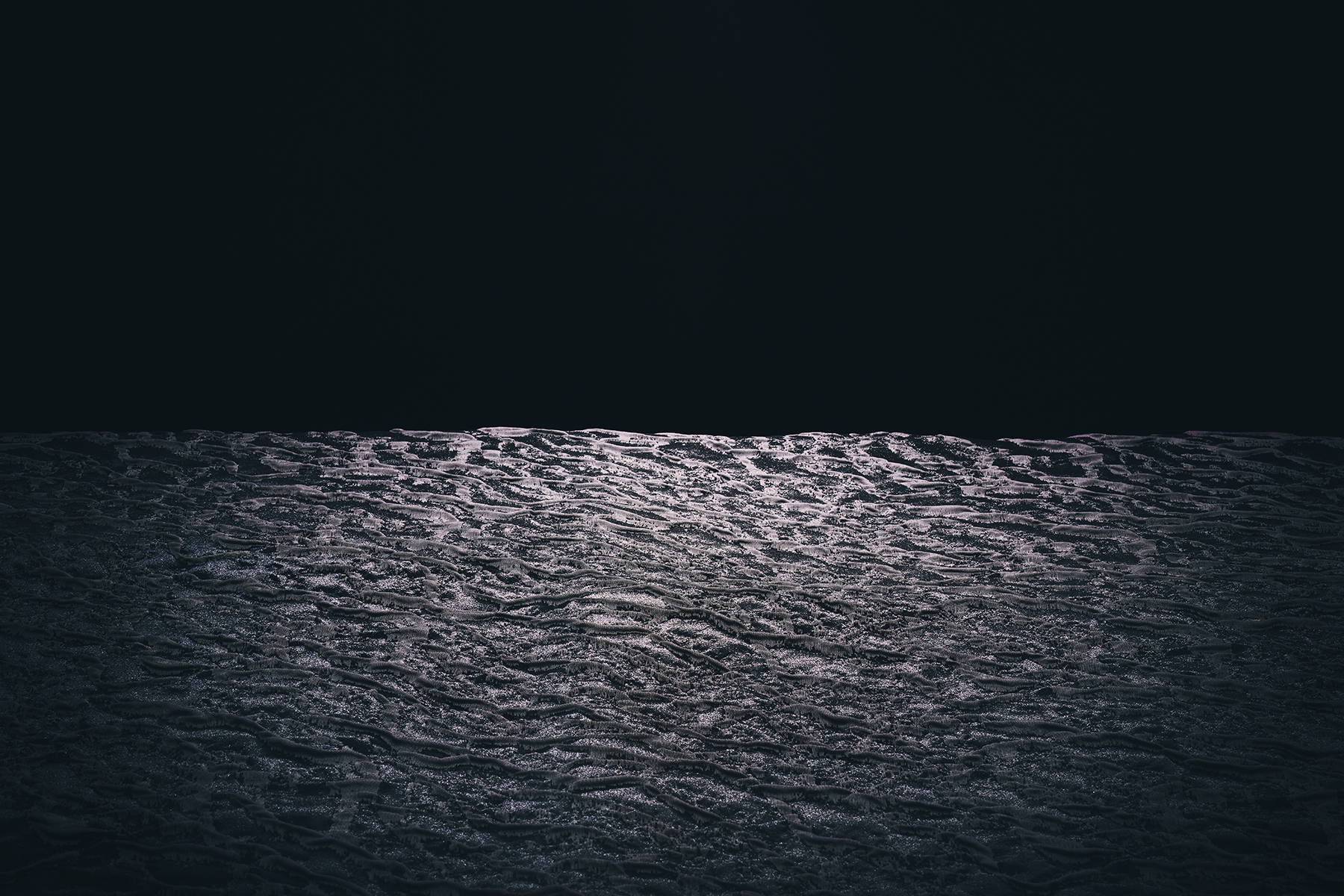
Ambient Weaving
Dialogue Human Body and Beauty of the Future

Ambient Weaving
Dialogue

In Ambient Weaving, textiles were exhibited as a “medium” between environmental information, such as light, temperature, and humidity, and people. What role did “beauty” play in the works produced with cutting-edge technologies? What kind of future will the textiles as a “medium” take us to? We spoke with Mr. Yasuaki Kakehi, interactive media researcher who headed the exhibition, and Masataka Hosoo of Hosoo. The two shared with us their reflections and visions for the future.
― Before discussing the exhibition, I’d like to hear about Mr. Kakehi’s background. How did you arrive at your current research theme, Material Experience Design?
Kakehi: I started my research and creation in the early 2000s. At the time, however, I was feeling uncomfortable with the trend of virtual reality. My research began with a question, “Can we augment our bodies or space by layering digital information over assets or space in the real world, instead of the virtual world?” In recent years, with technological advancements, I have been working on embedding digital information directly into materials.
― In Ambient Weaving, the works utilized materials with digital information. I’d like to ask both of you about how you came to apply such materials to Nishijin textile.
Hosoo: Firstly, we originally had an idea to weave cutting-edge materials by making the most of the Nishijin textile’s characteristic: its ability to weave various materials into a complex structure. This idea also led to the founding of Hosoo Studies.
Kakehi: I think a major factor is that, with the advancement of digital fabrication technology, today’s material scientists and designers can become involved in the ways materials are made, in addition to using the existing materials.
― Let’s talk a little more about “beauty.” In Ambient Weaving, what role did beauty play?
Kakehi: We didn’t set up a new environment for the exhibition, but the works complemented the existing exterior environment and its varying states. In other words, textiles became the medium to bring what was under human consciousness up to the consciousness level. I believe that beauty manifested itself because the works revealed our understanding that the “environment itself is beautiful.”
Hosoo: We were able to use the textiles to beautifully display the exterior environment. The exhibition allowed the viewers to sense invisible phenomena of environmental changes through beauty.
Kakehi: In the exhibition, quantitative data measured by the sensors were also displayed on a monitor. The information from the monitor and the information from the textiles are both based on the same environment, but the process that humans perceive the information di ers. Importantly, in my opinion, both types of information are useful, and we shouldn’t be discussing which one is better than the other.
Hosoo: In this exhibition, viewers can notice slight changes by simply altering the way they perceive their surroundings or their process of absorbing information. Such experience relates to the spiritual richness you get from enjoying the smallest changes in scenery as you walk down the same street every day in di erent seasons or weather.
― Through the portrayal of invisible “beauty,” we receive otherwise unperceivable information and feel spiritually fulfilled. According to Mr. Hosoo, such experience allows us to acquire a sensibility to rediscover the interface inherent in humans. Finally, I’d like to ask you about your visions for the world that we can expect to see as you continue to evolve the exhibited works.
Kakehi: In the field of smart textile, currently, technologies and materials are simply layered, not woven together. In the near future, I imagine there will be textiles with various embedded functions. On the other hand, in addition to the digitization of such materials, the resulting textiles will create a new relationship between the environment and the human body. I think the field will evolve around these two axes.
Hosoo: I think the focus will continue to be on how to converge the two. Textile always exists between our bodies and the environment. We can say it is our “second skin” that augments our bodily functions. Or, textile, as a shelter, can expand to form space and, as our “third skin,” play a role similar to that of architecture. With its beauty, textile offers an unlimited possibility to transform our bodies and space.